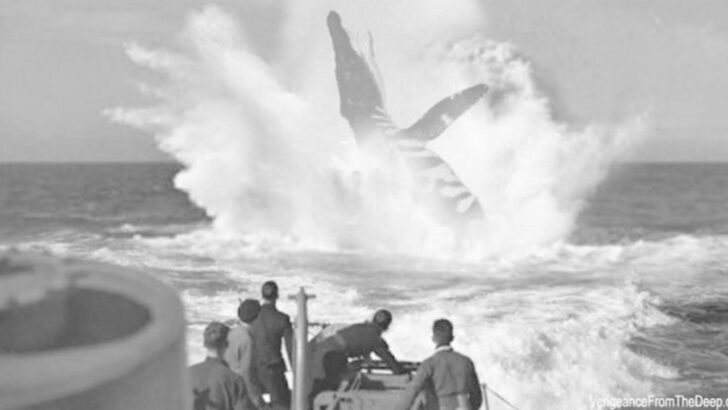A sea monster took down a German U-boat — or so the story goes.
It sounds like something ripped from a sailor’s nightmare or a forgotten war diary, but this strange tale has refused to sink for over a century. In the middle of World War I, when steel and steam ruled the seas, whispers of a creature from the deep crashing through a submarine’s hull turned wartime fear into maritime legend.
Was it a colossal squid? A prehistoric survivor? Or just the ocean playing tricks on terrified men?
Whatever the truth, the mystery has clung to history like barnacles to a wreck. We’re diving into five fascinating facets of this eerie story — the facts, the theories, and the chilling possibility that something ancient might’ve risen when the war went underwater.
The Enigmatic Sighting
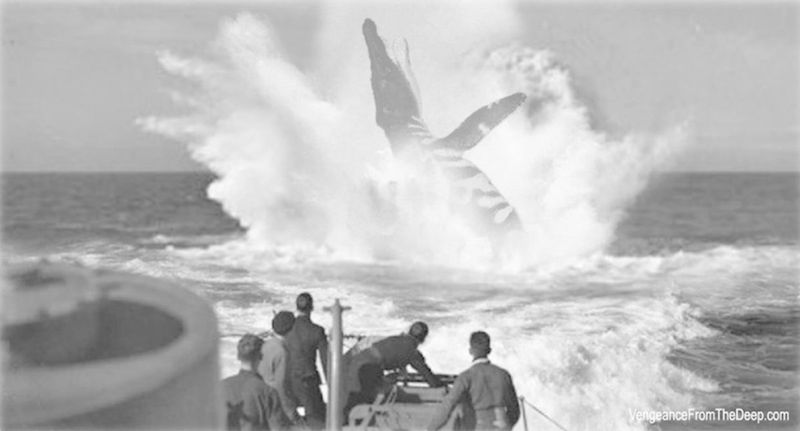
On a stormy night in 1918, a German U-Boat crew reported a shadowy figure emerging from the depths. The sea monster, described as having glowing eyes and a serpentine body, appeared briefly before disappearing into the dark waters.
The sighting was recorded in the ship’s log, sparking fear and bewilderment among the sailors. Was it a figment of imagination fueled by the stress of war, or something more sinister lurking in the ocean?
The incident remains one of the most debated sightings in maritime lore, fueling speculations and theories about the unknown.
The Crew’s Terrifying Encounter

The crew’s encounter with the alleged sea monster sent shivers down the spines of even the bravest sailors. Some claimed to hear eerie sounds echoing through the hull, while others swore they saw tentacles wrap around the periscope.
Such accounts, though lacking physical evidence, added layers of fear and mystery to the tale. Years later, surviving crew members recounted their harrowing experiences, each story adding a unique perspective to the legend.
The psychological impact of this encounter lingered long after the war, leaving its mark on those who lived through it.
Historical Context and Wartime Fear
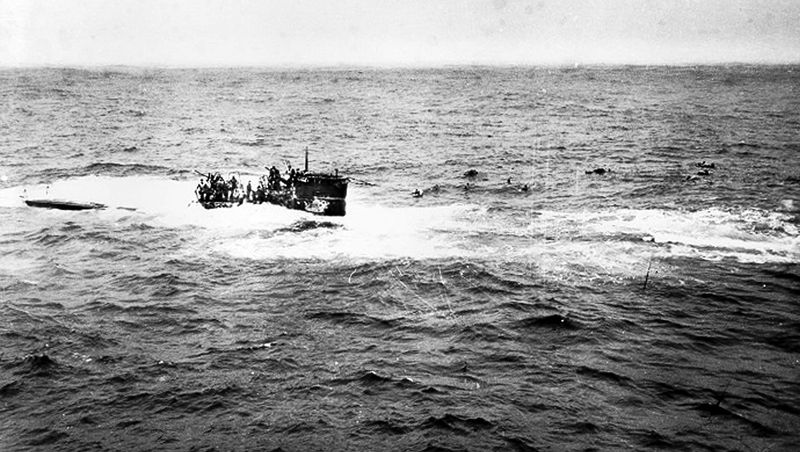
The legend of the sea monster must be viewed through the lens of wartime anxiety. During World War I, the seas were fraught with danger, and every shadow in the water was a potential threat.
The fear of the unknown, combined with the stress of prolonged submarine patrols, might have contributed to sightings of fantastical creatures. The German Navy, operating under immense pressure, was particularly susceptible to such fears.
This context helps explain why the sea monster legend resonated so strongly, becoming a symbol of the terror that haunted sailors.
The Myth in Popular Culture
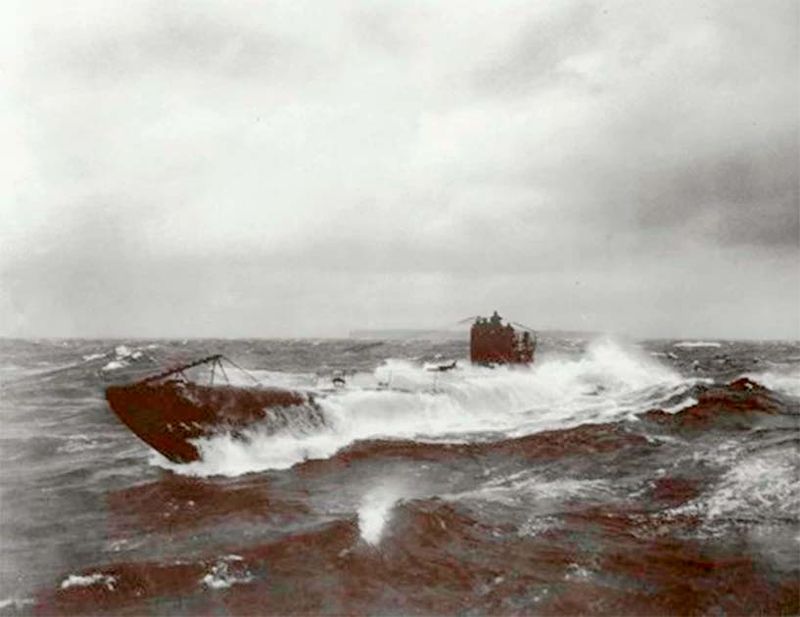
The sea monster legend has found a place in popular culture, inspiring books, films, and art. This tale of maritime mystery and adventure has become a staple in storytelling, embodying humanity’s fascination with the unknown.
Pulp fiction of the early 20th century often depicted sea creatures in dramatic confrontations with ships, feeding the public’s imagination. Even today, this legend influences creative works, symbolizing the timeless allure of the ocean’s mysteries.
Through various media, the myth continues to captivate audiences, bridging the gap between history and fantasy.
Modern Interpretations and Skepticism
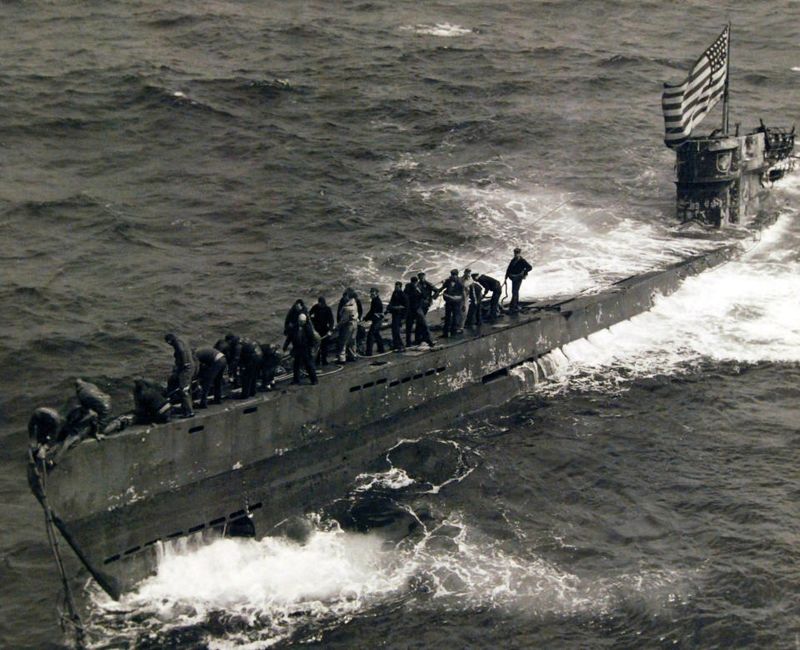
In recent years, historians and skeptics have revisited the sea monster legend, scrutinizing it with a critical eye. Advances in marine biology and a better understanding of oceanic phenomena have led to alternative explanations.
Some suggest that the sighting could have been a giant squid or a whale, misinterpreted under stressful conditions. Skeptics argue that the legend is more myth than reality, fueled by wartime propaganda and sailor’s tales.
However, the mystery endures, as enthusiasts and academics continue to explore and debate the event’s true nature.

